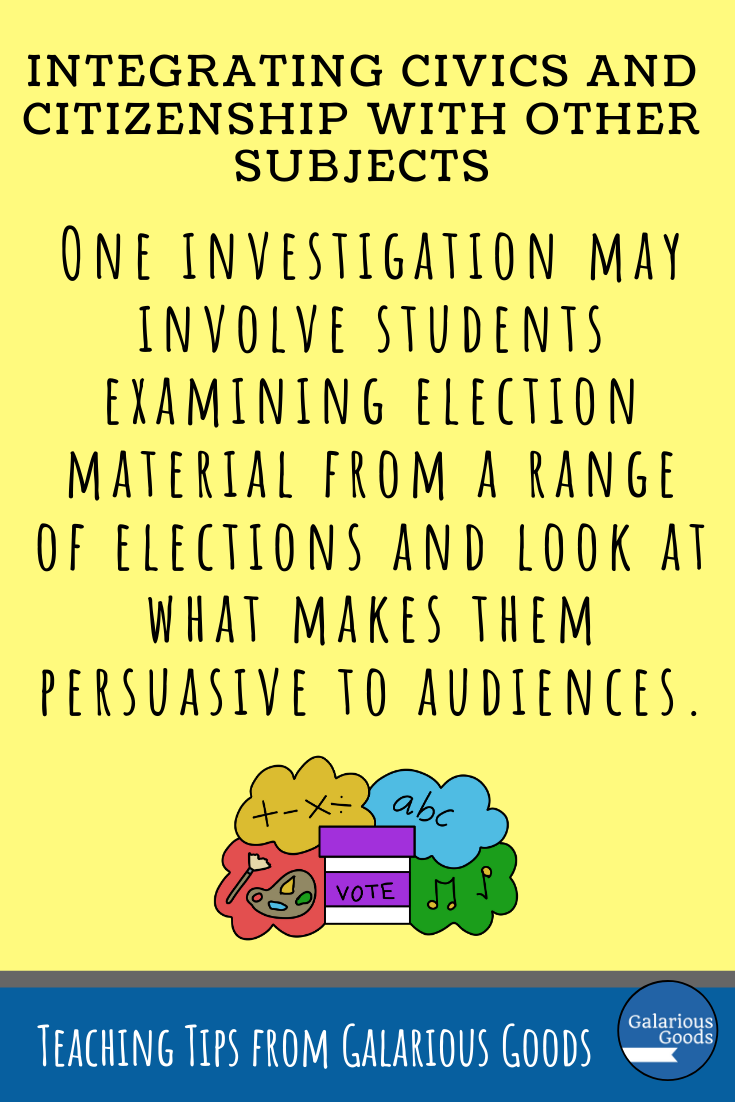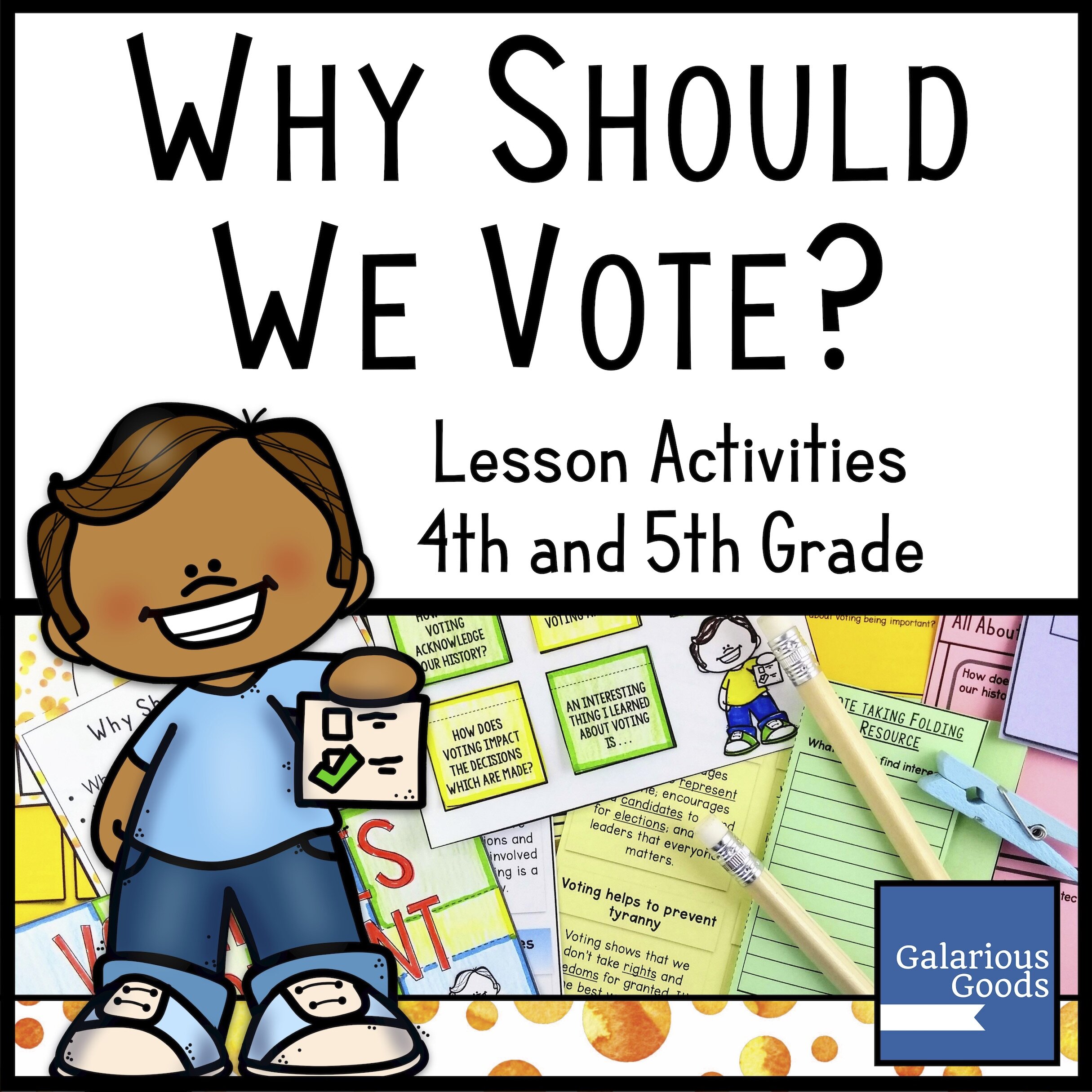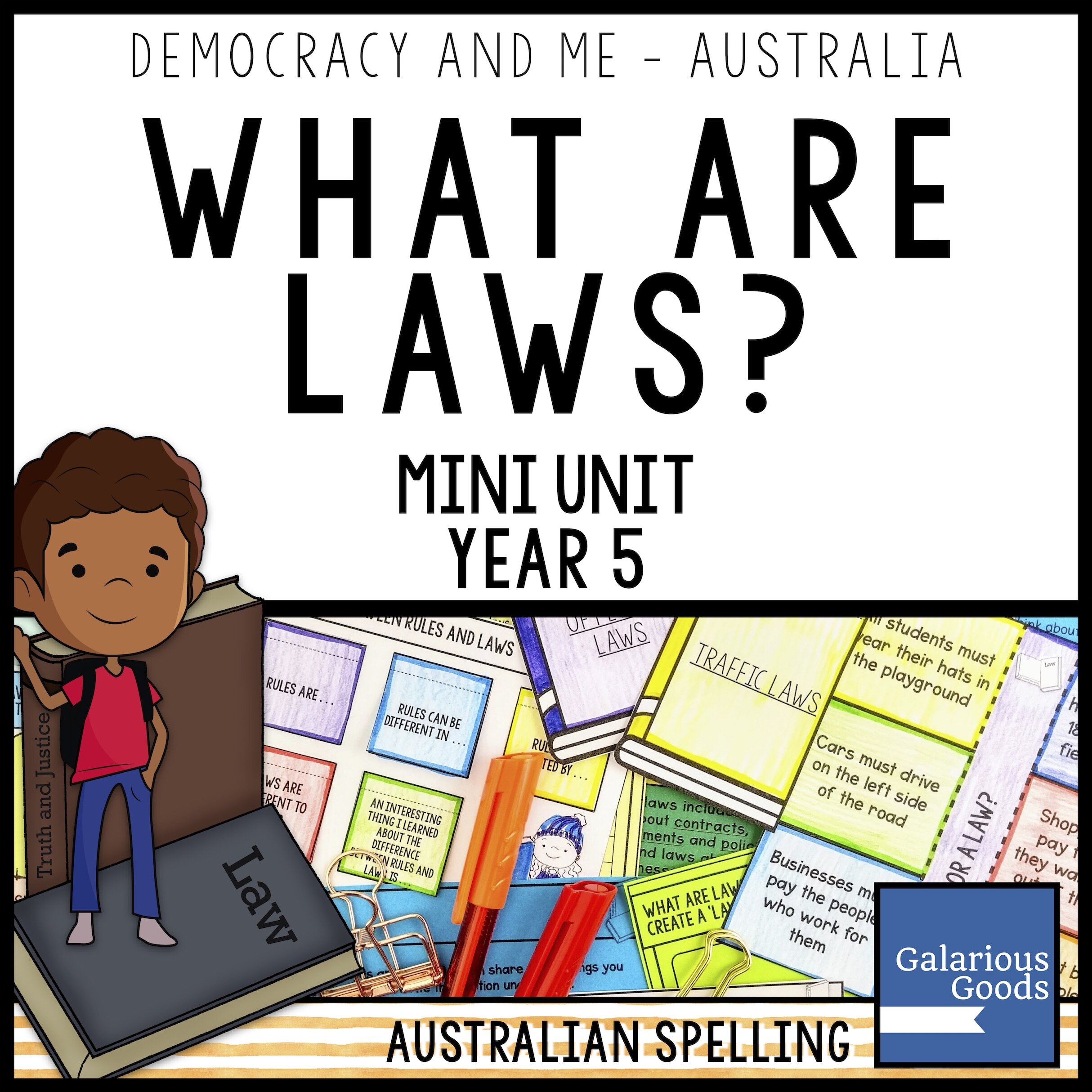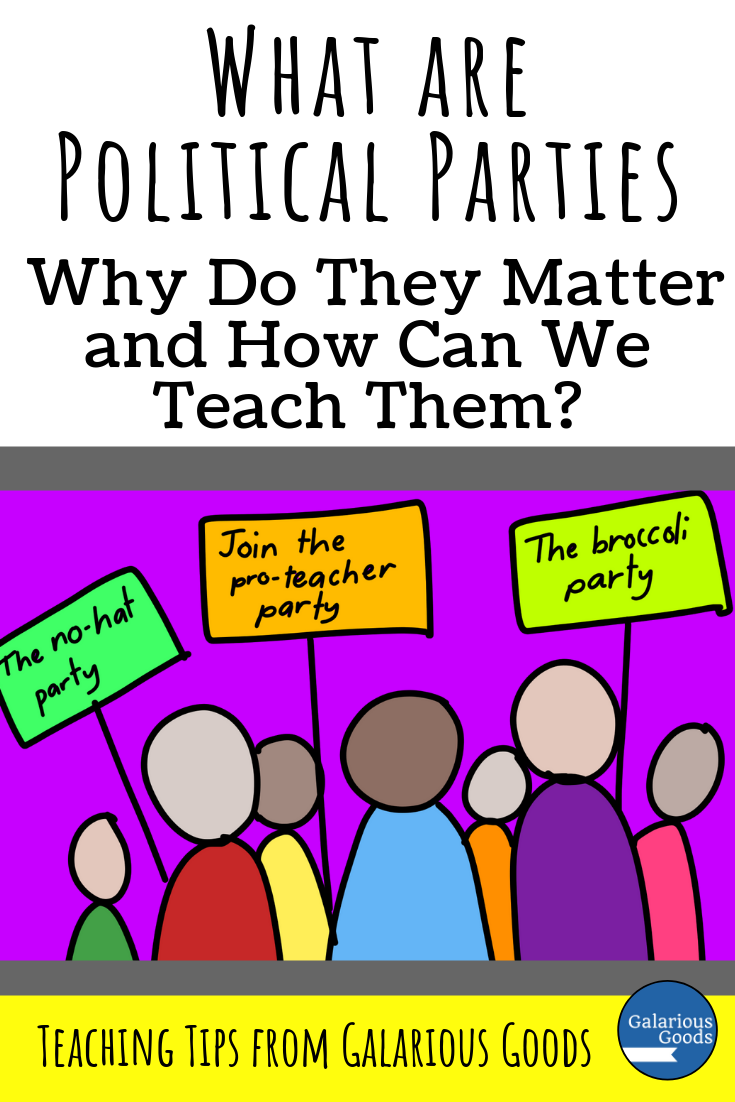Integrating Civics and Citizenship with Other Subjects
/Civics and government are essential subjects to teach, but it can be difficult to fit them into already busy teaching schedules. One way to cover what students need to know is to integrate them with other subjects. Here's a few ways you can do that.
Mathematics
Maths and civics don't seem like a natural fit, but they can work surprisingly well together. Students can easily look at elections, electorates or voting as well as data and statistics. Students can collect data from websites like the Australian Electoral Commission or from polls published in newspapers. They can use these to create graphs or diagrams showing how numbers are used in politics.
Australia's preferential voting system could be part of a maths investigation. Students can investigate how it works (and how to explain that to voters!) and decide whether there's a fairer or better system.
Students could also use data to look at global issues and how you can represent those issues through numbers.
English
There's some great books which cover issues related to civics and citizenship. These can be read at the beginning of a unit of study as an introduction or used as part of the unit. Students can compare events in the book with real events and decide whether the book is realistic or not. Books are also a great way for students to gain some understanding of political systems from other parts of the world.
Students can also engage with non-fiction texts related to civics and citizenship - including websites, fact sheets, newspaper and magazine articles and opinion pieces. As well as reading them, students can create their own. One investigation may involve students examining election material from a range of elections and look at what makes them persuasive to audiences. Or they could compare election campaign material from an earlier time with more recent election campaign material.
Art
Students can also use campaign material for art lessons. They can examine how different political parties use colour and shape, then use the information they gain to create their own campaign material.
You can also get creative with art and look at how students could represent something like law making or different types of laws through 2D or 3D arts.
Music
I've talked about using educational songs in the classroom before, and this is a great place to combine music and civics. Students can explain complex issues through their own songs and share them with their classmates.
Students can also look at songs which have political messages. Protest songs and fundraising songs have a fascinating musical and civics history and can be interesting to listen to and analyse.
History and Geography
These are obvious places to learn more about government and civics. Whether it's how the constitution of a country was formed or what political decisions have had big impacts on the history of a country, or how different geography can explain voting decisions. It can take a little work to match together different curriculum needs, but it can be incredibly satisfying when you get it.
Drama
Role play, role play, role play! Students can get so much out of role playing in the classroom and exploring different topics. It's great to focus on smaller parts of a complex topic when you're role playing. Alternately, students can create their own small plays or videos to share what they know about different topics.






















